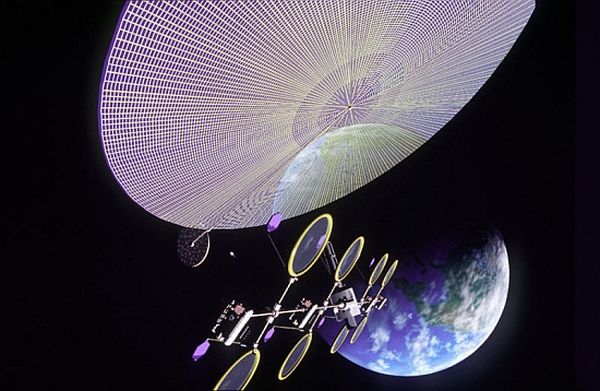
What’s happening right now?
The world is in dire need of alternative source of energy. According to the Intergovernmental Panel on Climate Change, the high carbon dioxide emissions are major contributing factor of global warming. The message on the wall is very clear – Let’s end the dependence on fossil fuels for our transportation system and other purposes. Mercifully, the emergence of Space solar power has provided us a ray of hope. Space solar power can solve our energy and greenhouse gas emissions problems. Not just help, not just take a step in the right direction, but solve.
The lovers of alternative source of energy would be happy to know that scientists across the globe are trying their level best to make Space solar power a commonplace terms in days to come. The Japan Aerospace Exploration Agency (JAXA) and Osaka University are working together to develop a device that could convert sunlight into laser light with four times the efficiency of any previous attempt.
Trends:
The idea to make use of space-based solar power was first brought to light in the late 1960’s by Peter Glaser, a technologist at Arthur D. Little in Cambridge, Massachusetts. Into the 1970s and 1980s, the challenges of Space Solar Power (SSP) were reviewed numerous times, NASA, the Department of Energy, other government, industry and private groups have given the concept the once-over. The path-breaking happening comes in form of approval of first space-based solar project by California. California’s biggest energy utility PG&E has announced that they would purchase 200MW of solar power that will be beamed from space by 2016. Adding a new chapter, Japan plans a $21 billion space-based solar farm for 1GW of power known as Mitsubishi’s PowerSat. PowerSat hopes to combine several recent developments, most of which serve to cut down on the weight of what’s put into orbit by making use of CIGS-based cells – Copper, Indium, Gallium and Selenium – on a titanium or aluminum substrate.
Interestingly, a project that envisages joint role of India and United States has also come in existence. It envisages the establishment of solar collectors in geostationary orbit to collect solar radiation throughout the year with the help of energy laden microwaves would then be transmitted to ground based collectors.
The concept:
Space-based solar power (SBSP), which is commonly known as space solar power (SSP) is a system for the collection of solar power in space, for use on Earth. It differs from the traditional methods of solar energy in a sense that solar panels involved in the collection of energy would now reside on a satellite in orbit, often referred to as a solar power satellite (SPS), rather than on Earth’s surface. The solar power systems collect sunlight in space and then convert the same into laser light, which is them transmitted to Earth and used for electricity.
The collection of the Sun’s energy in space keeps it above the various obstructions which reduce efficiency or capacities of Earth surface solar power collection. While there are a few problems associated with the concept, the upgrading and extension of existing solar panel technologies would end such problems. The emergence of microwave beams for wireless power transmission kills our worries in this regard. It’s also high time to develop a system that reduces the use of electricity transmission lines.
The advantages:
It’s needless to point out that space solar power enjoys huge advantage over energy produced by fossils and etc. Unlike oil, gas, ethanol, and coal plants, space solar power does not emit greenhouse gases. It kills our dependence upon increasingly scarce fresh water resources and there is no need to worry about hazardous waste, which one notices in case of nuclear power. It also expand employment opportunities in solving the difficult problems of energy security and climate change by using proper use of aerospace expertise.
The impact:

Definitely the emergency of space based solar power in our near future will have a positive impact on the environment as it has many advantages and also power can be exported to virtually any place in the world, and its energy can be converted for local needs.The difficult problems of energy security and climate change would now be a distant dream. Above all, the plan won’t pollute the ecosystem. The problems related with greenhouse effect and the global warming are not going to scare us. This method, which considerably uses less land area than terrestrially based solar power systems, enjoys many significant environmental advantages. It provide large quantities of energy to each and every person on Earth with very little environmental impact. In other words, it’s an answer to our energy needs. I think it’s now time to bid adieu to oil dependence and carbon footprints.




